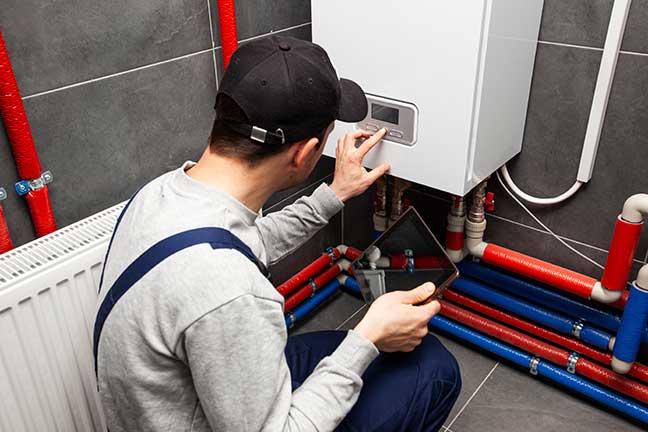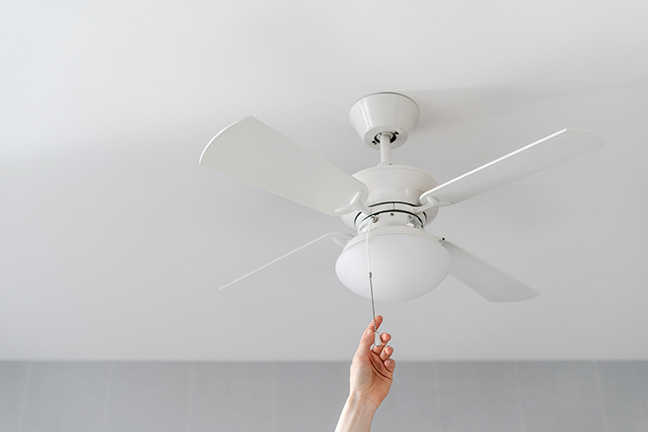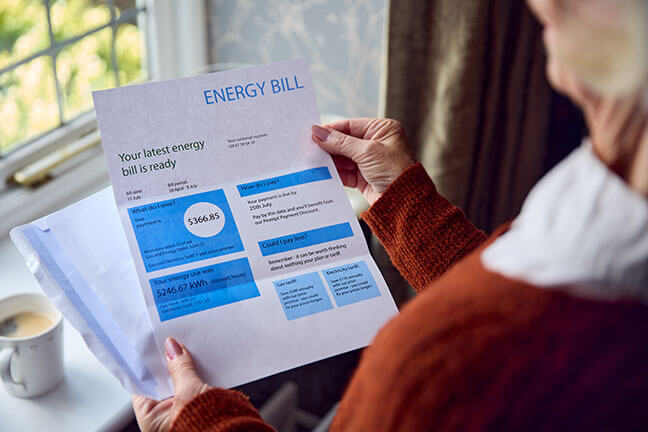This year, we are experiencing what could possibly be the warmest winter on record. In many parts of the U.S., a white Christmas seems unlikely this winter.
While a warmer winter can bring relief from the bitter cold, your energy bills may not naturally shrink. Inflation, marked by rising prices across sectors, including energy bill, has remained at high levels. This means that even in a warmer winter, without proactive management of your energy usage, you may still face elevated electric bills.
In this blog, we will share some winter energy saving tips, ranging from energy efficient practices to the use of alternative energy sources. By implementing these tips, you can save money on energy while reducing your carbon footprint at the same time.
Weather-strip Your Doors and Windows
Sealing air leaks is the easiest and cheapest way to conserve energy during the winter. When cold air enters your home through gaps and cracks, your heat pump has to work hard to maintain the room temperature at a comfortable level.
Take advantage of the current warm weather to identify air leaks around window frames, doors, electrical outlets, light fixtures and AC units. Also, make sure to examine your attic and basement, as they often hide the worst air leaks.
More importantly, you need to choose the right weather stripping product to seal air leaks and replace broken seals and any damaged or missing weather stripping to prevent heat loss.
Take advantage of Free Energy From the Sun
Another easy and low-cost way to save energy is to open your curtains during the day to let sunshine come through your windows and naturally heat your living space. This can be particularly beneficial during winter months when sunlight is limited.
It’s equally important to close all curtains at night to keep the heat in. Curtains serve as an extra layer of insulation, helping to minimize heat loss by trapping the warmth generated by your heating system in the room.
You may consider replacing ordinary drapes and shades with insulated curtains to further enhance energy savings. Insulated curtains have a layer of thermal lining that helps to minimize heat loss during the winter.
Make Energy Efficient Upgrades to Your Thermostat
Switching to a smart thermostat may seem like a costly investment at first glance, but it can lead to significant energy savings in the long run. A smart thermostat is a Wi-Fi enabled device that automatically adjusts temperature settings based on your preferences to achieve peak energy efficiency.
Smart thermostats can reduce energy waste by automatically turning down the temperature when you are away or asleep. You can also remotely control them through a mobile app, ensuring comfortable room temperature upon your arrival. Some smart thermostats may even come with free energy consumption report, allowing you to track and analyze your energy bills for further optimization.

Give Your Heating System An Annual Check-up
Schedule a heating system check-up before the temperature drops to ensure its optimal performance and save energy during the winter.
Over time, your heating system can accumulate dust and debris, which can reduce its efficiency. Regular maintenance can help identify and solve potential problems, extending the lifespan of your heating system and lowering your heating bill.
Use Electric Space Heaters to Heat Small Spaces
Try using a space heater instead of heating the entire house when would like to focus the heat in specific areas, like the garage or bathroom, rather than wasting energy heating all empty rooms.
Electric space heaters are typically light and portable, allowing you to move them around the house easily. They can provide instant heat and potentially reduce your overall heating costs. However, they are less efficient in saving energy than a natural gas furnace if you would like to heat the entire house.
Close the Damper When not Using the Fireplace
The damper is a metal plate that controls the airflow and smoke through the chimney flue. When the damper is open, warm air from your house can escape through the chimney. If the fireplace in your house is not used, remember to close the damper to keep the warmth in and help you save energy.
It’s equally important to make sure your air vents are not blocked. Air vents allow heated air to circulate and reach every corner. When air vents are blocked, your heating system has to work harder to maintain the room temperature, leading to increased energy consumption and lower energy efficiency.
Adjust Your Water Heater’s Temperature
Your hot water heater may consume more energy than you realize. The default temperature setting on many water heaters is typically around 140 degrees Fahrenheit. However, lowering the temperature to 120 degrees Fahrenheit can still provide sufficient hot water while lowering your electric bills.
Besides, keeping water temperatures above 120 degrees Fahrenheit may cause scalding and increase the risk of burns. Finding the right balance between energy efficiency and safety is crucial. You can also consider adding a heater blanket to save more energy. The blanket can help reduce the amount of energy required to heat water and keep it warm.

Use Ceiling Fans to Circulate Heat
While ceiling fans are used to cool the house during summer, they can actually be a useful tool to keep warm air circulating during colder months.
Most ceiling fans have a reverse switch, allowing you to reverse the direction of the fan blades to push warm air that accumulated near the ceiling back down to the living area. In this way, heat can be distributed more evenly within the room.
Year Round Savings on Living Costs
Energy savings is not limited to the winter season. In addition to the above tips, there are ways to save money throughout the year.
For example, replacing incandescent bulbs with LED lights can lead to significant long term savings. LED lights can convert a higher percentage of electrical energy into light, thus consuming 75% less energy than standard incandescent lights. They also have a longer lifespan compared to the very same string of traditional bulbs.
You can also save more by reviewing your mobile and internet service plans. The federal government offers affordable mobile data and internet services through two national assistance programs – Lifeline and the Affordable Connectivity Program (ACP) – for low income individuals and households.
By signing up for these programs through EASY Wireless, you can qualify for an exciting FREE unlimited package, including a FREE smartphone, FREE unlimited data, FREE unlimited talk, FREE unlimited text, FREE SIM card kit and activation, and the flexibility of keeping your own number or getting a new one.
To get started with EASY Wireless, apply online now!


